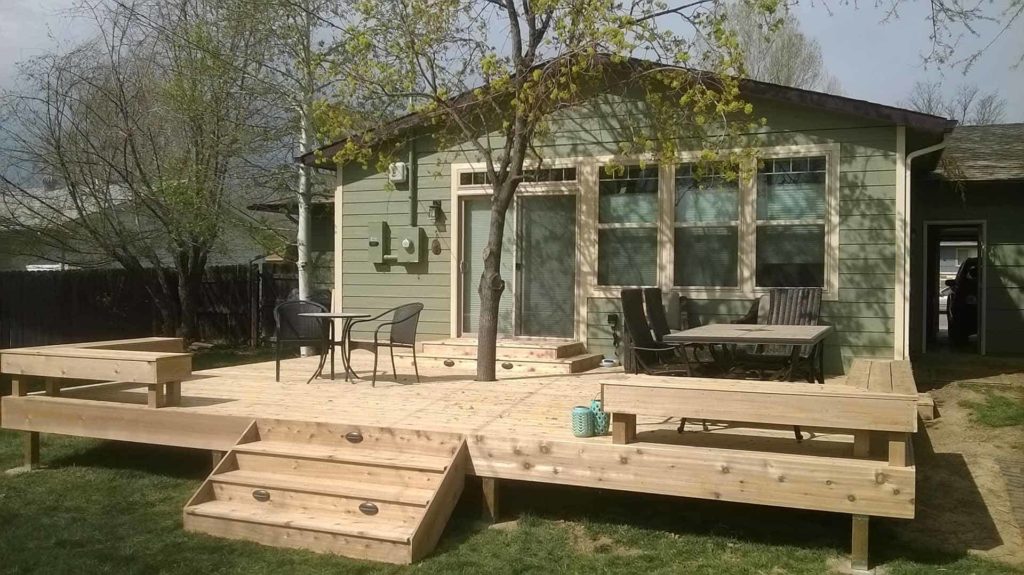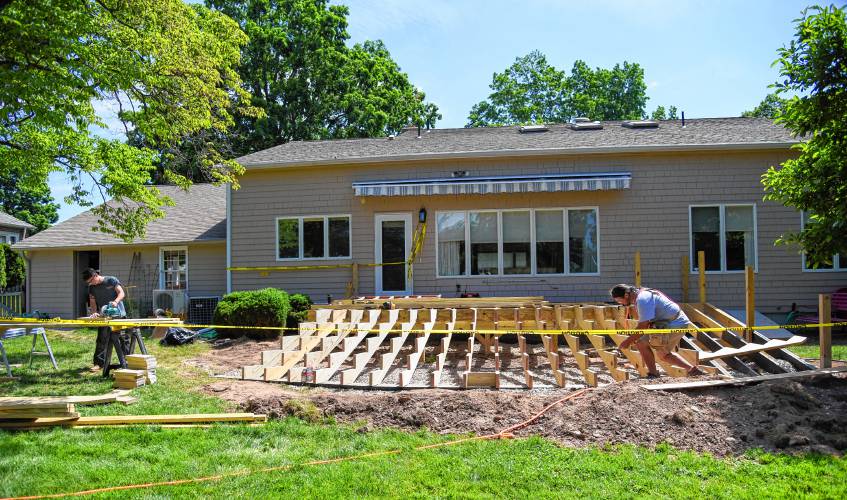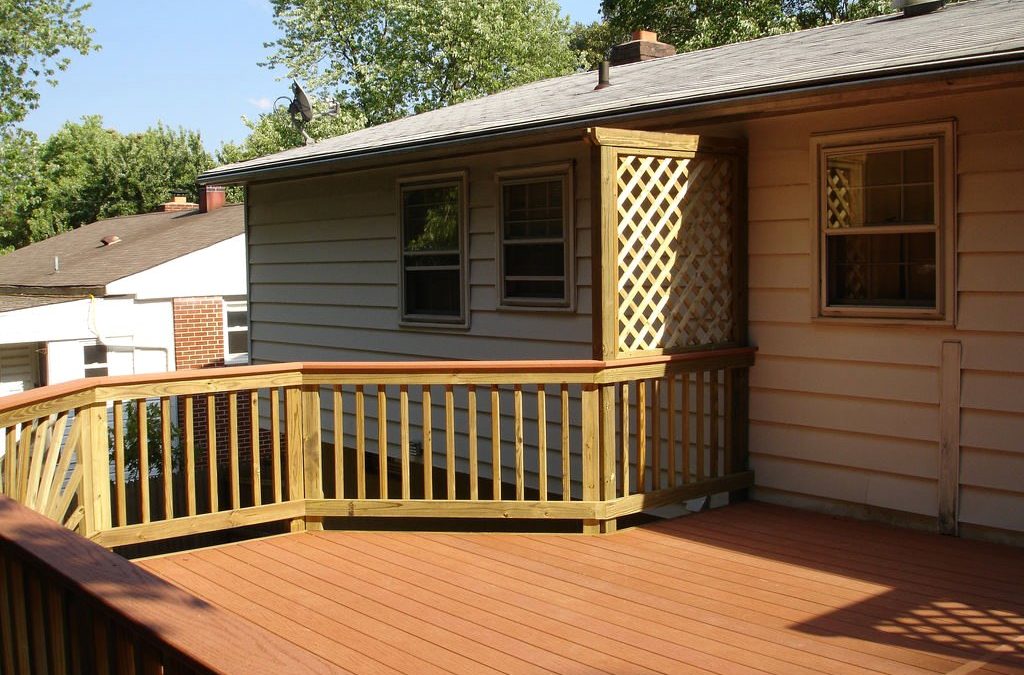A terrace covering made of wood looks warm and homely. However, the boards have different properties depending on their origin. The direct comparison between hardwood, softwood and thermowood as well as the wood-plastic mixture WPC shows the differences.

Which boards are suitable for which terrace?
Similar to parquet in the living room, wood also creates a natural atmosphere outdoors. The individual grain makes each board unique. This makes the covering appear very lively and creates a harmonious transition into the garden. Hardwoods such as bamboo or Bangkirai, softwoods such as larch or Douglas fir, heat-treated thermowood from ash or pine, and wood-like WPC are suitable for terrace construction.
Hardwoods are particularly durable. They are more weather-resistant than conifers and WPC as well as fungi and insects are significantly more resistant. When it comes to the ecological balance, however, they do not do quite as well. Compared to the pure natural materials, the composite material WPC is more slip-resistant and splinter-free. However, the products heat up considerably more in direct sunlight.
The direct comparison makes the advantages and disadvantages of the different boards clear.
Hardwood decking
Hardwoods such as Bangkirai, bamboo, and Kempas have a particularly dense structure and are therefore noticeably heavier than native woods. They are very rich in fibers and have a narrow vascular arrangement – this is exactly what makes them particularly resistant and durable. For more humid or shady parts of the garden, they are therefore better suited than domestic woods.
Bangkirai can be easily recognized by its red to red-brown tint. Knotholes and resin formations are rather rare so that the surface of the boards appears very even.
Bamboo floors are against predominantly dark brown drawn and very even, the typical bamboo look is always recognizable.
Kempas is rather light, the color scheme varies from a golden shade of red to dark orange. The grain is relatively even. However, the structure of the fibers is rather irregular.
The rather dark tones make the planks appear more elegant than coniferous or thermo wood , which gives the entire terrace a high-quality ambiance.
The surface profile is – depending on the laying direction – either smooth or grooved. Since the material does not heat up even in strong sunlight, the planks are very comfortable to walk on barefoot when they are in good condition.
Softwood decking
Softwood from Douglas fir, larch, or pine is considerably lighter and the fibers are less dense than hardwood. The boards are therefore not quite as resistant to wind and weather, fungal growth, and insect attack. However, they are considerably cheaper than bamboo or Bangkirai.
Siberian larch is pale reddish to yellowish and, like the lighter Douglas fir, clearly darkens when exposed to sunlight. Both have a slightly more irregular grain and more frequent knotholes than tropical woods. The boards, therefore, look a bit more rustic and are well suited for natural garden design. In contrast to hardwoods, they absorb color much better. This means that they offer more options for customization.
Similar to the products from overseas, domestic woods are largely temperature-neutral and always appear pleasantly warm when in contact with the skin. However, since their structure is not quite as firm, splinters and cracks can form over time, which not only affect the appearance but also the barefoot feeling.
Thermowood decking
Thermowood has been given a special heat treatment to improve its natural properties. The ash or pine wood is briefly heated to a maximum of 230 ° C while oxygen is deprived. After that, it is significantly more durable, more resistant to pests, and is less sensitive to changes in the weather. At the same time, however, it is more prone to cracks and splinters and thus less resilient.
Thermowood is visibly darker than untreated wood. This makes it appear more elegant compared to pure softwood. In contrast to tropical woods, however, it is more prone to cracks and thus appears more rustic. Due to the deliberately changed functions, the boards are not quite as stable as a natural material. In addition, the products do not accept all glues and coatings.
Thermowood feels very natural and is comfortable to walk on even without shoes. However, splinters and cracks can affect barefoot running in the long run.

WPC decking
WPC stands for Wood Polymer Composites and is an industrially manufactured material made from 50 to 90 percent wood fibers, plastic, and other additives such as UV light blockers, binders, and color pigments. The material has now established itself as a good alternative to wooden floorboards. The products are available either as solid or hollow chamber profiles.
The specially developed material composition enables a long service life, especially of massive models with a full profile. They are easier to clean than wood and do not need oil or any further maintenance.
The individual boards are smoother and more even than purely natural products. They, therefore, appear a bit soberer and underline a modern terrace style. Due to the numerous colors, a WPC terrace can be coordinated very well with the basic tone of the facade as well as with the plants and furniture.
If the terrace is planned in a rather damp or shady location, planks in the more robust WPC full profile are more suitable than wood products. The material is more slip-resistant and dries considerably faster.
The even surface feels very pleasant. However, it can heat up noticeably in strong sunlight and can then hardly be stepped on barefoot.

